Interview: Robert Bolognesi, Freerider and Snow Scientist
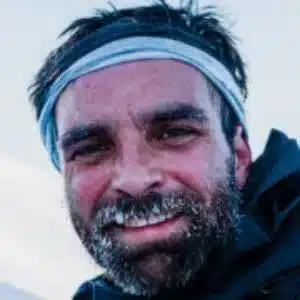
Mathieu Ros Medina is a passionate skier, snowboarder and mountain enthusiast with more than 15 years of experience as a journalist in these fields.
Robert Bolognesi is truly passionate about snow. As an avalanche specialist with doctorates in geography (Université Grenoble Alpes, 1991) and computer science (EPFL, 1999), he travels the Alps and mountain ranges around the world. In the 1980s, he helped develop ski resorts and has since created methods for publishing local avalanche bulletins, improved road safety (through his Meteorisk consulting firm) and laid the groundwork for whole areas of study in applied snow and avalanche modeling. He is the author and publisher of many books on avalanches, a conference speaker, a programmer, a statistician, and a ski patroller and avalanche blaster. But he is first and foremost an all-round skier with a very personal vision of freedom. This summer, we met him on a terrace high atop Col de la Forclaz and right alongside the Col des Montets mountain road he kept safe for 15 years.
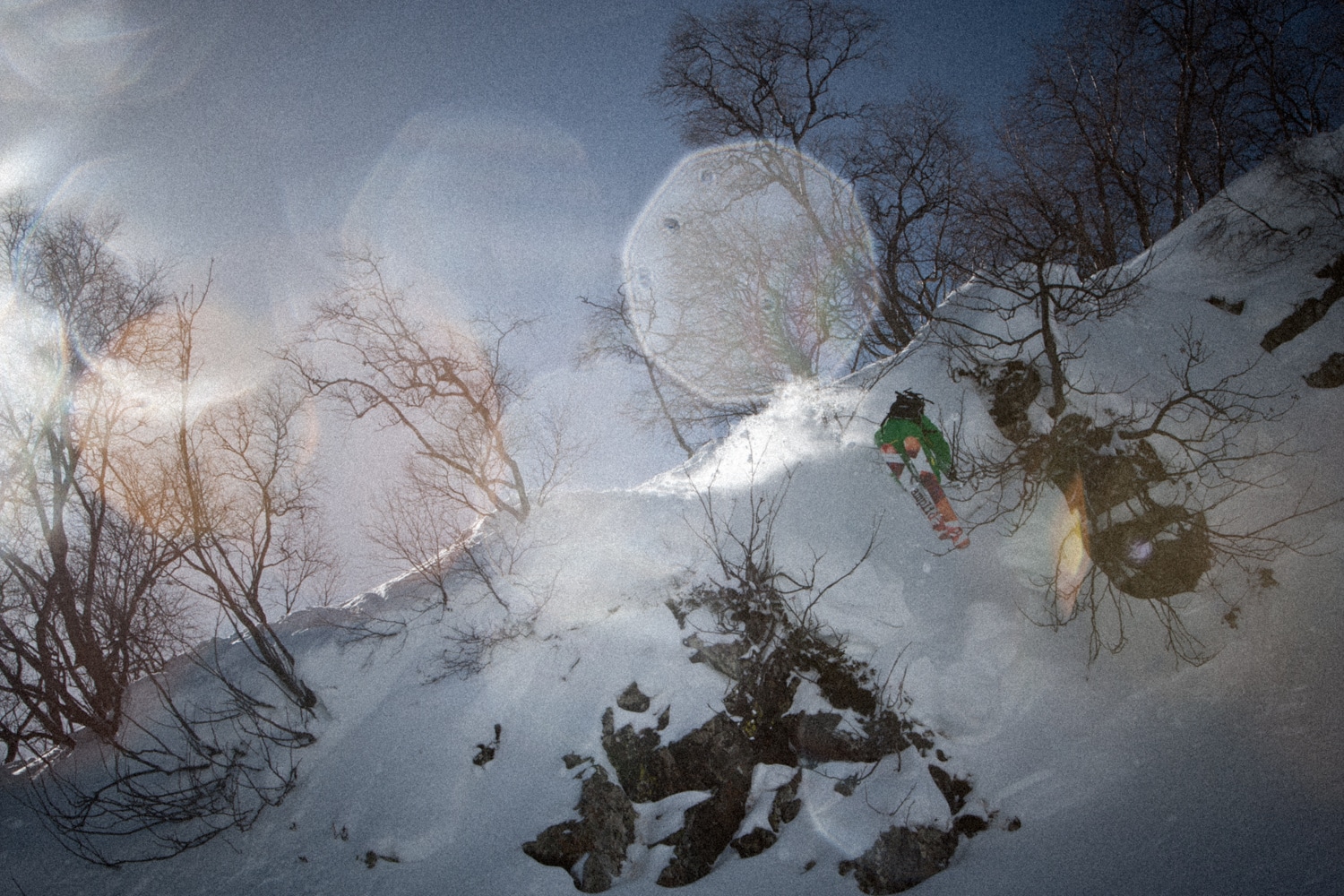
Mathieu Ros (MR): For starters, could you tell us what set you on your career path?
Robert Bolognesi (RB): I love snow! I started as a ski patroller at Alpe d’Huez. Strapping my skins onto my 205 mm Rossignol 3Gs and clicking my Dynafit 3F boots into my Securafixes, I’d head to work. It was all incredibly heavy, but I kept telling myself, “It’ll be great on the way down.” Early on, I got interested in modelling avalanche risk. So I started programming. Since the mountains are a natural environment, people think that they can just sense things. In reality, those are subjective findings that can be mathematically defined. And I’ve always tried to expand my theoretical knowledge and see if it aligns with my field observations.
MR: Does that mean you trust the computer more than a guide? Don’t you value backcountry experience?
RB: Of course I value the experience and intuition of backcountry guides! But their job is to get people to a specific place and bring them back in the best of conditions. All without incident. They can choose their route and change it if needed. For forecasters, that’s not an option. They can’t move a road or village to keep it safe. Instead, they have to predict when an avalanche will occur, how big it’ll be and how far down it’ll get. And for that, there’s no better tool than a computer.
In other words, for the best avalanche forecasts, you need experience AND theoretical knowledge AND data AND powerful software.
MR: Is avalanche forecasting an exact science? Do avalanche bulletins reflect that?
RB: We’re definitely a bit better at forecasting now than we were 30 years ago! And the bulletin is always improving. But it only provides general information. It’s like a sign by a forest that says “Deer spotted” one day and “Tigers on the prowl” the next. That tells people they’re around but doesn’t say where. It’s a summary, but one that’s very valuable to novice adventurers.
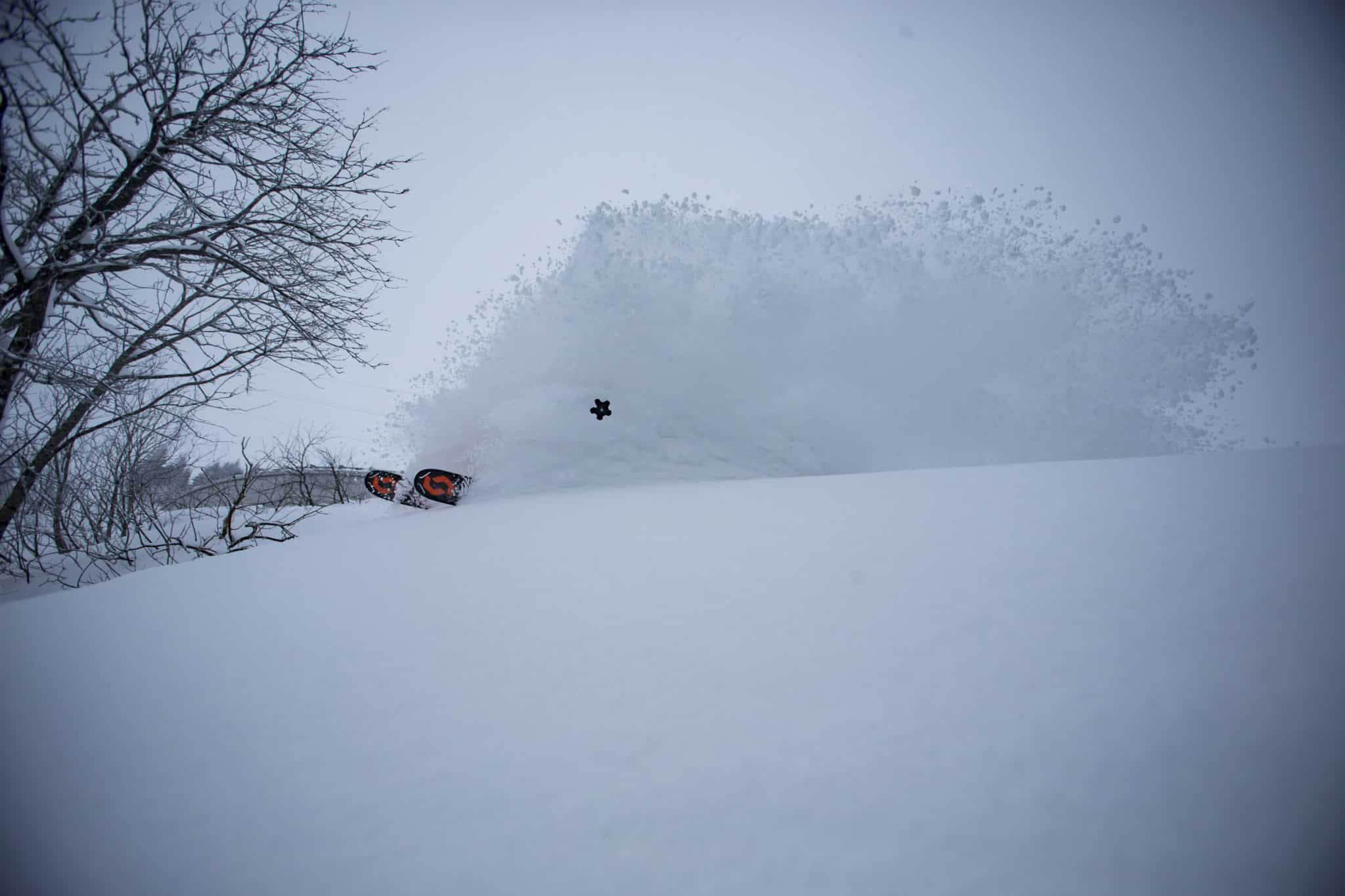
MR: You helped create the European Avalanche Danger Scale. Could you tell us about that?
RB: I was involved as an auditor, making observations and suggestions.
In the early 90s, people were backcountry skiing more than ever before – and not only in their own regions. But every country used a different scale, which made things confusing. It was the dawn of the European Union, which brought new prospects of scientific collaboration. So the time was ripe for a standardized European avalanche danger scale.
The project was exciting, but fraught with tough negotiations and drama. The Swiss weren’t keen on an eight-level scale because that’s what the French had previously used. And naturally, the French didn’t want the seven-level scale used in Switzerland! And no one wanted nine levels – too complicated! – or six levels without a midpoint. Ultimately, they settled on a five-level scale. The problem with this scale is that the first level isn’t very useful. It’s basically only used when there’s no snow and you can’t ski (actually, it’s better now). And you don’t need Level 5 because you’d have to be nuts not to understand how extreme the danger is. Anyway, there’d be so much snow that the roads into the mountains would be closed. That leaves Levels 2, 3 and 4. And that’s not enough. So they decided to add subdivisions, which is what the Swiss started doing last winter. To change the scale Europe-wide, you’d have to bring all of the countries together – and get
them all to agree! So I like the subdivision idea. It adds precision without having to scrap everything. Level 2+ may not be essential, but 3+ and 4+ provide significantly more precision. It goes 2+, 3-, 3=, 3+, and so on. But will people use the finer resolution properly? Many would say that while the tools have improved, it’s still the same people using them. But in defence of bulletin writers, deciding on the level of danger is challenging. It depends on both snowpack stability and avalanche size. So, Level 4 could mean many medium-sized avalanches or a few very large ones. You have to read the entire bulletin to get the full picture.

MR: Do you think that smartphone mapping apps could be a solution?
RB: Maybe in the future, but not today. Skiers need to understand the danger on the slope they’re about to descend. And the bulletin won’t tell you that, even if you know the incline and direction of the slope. Many local factors affect snowpack stability, but they’re not currently measured or easily calculated. In addition, some avalanches are driven by past weather events, which makes them really hard to predict without local analysis. Here’s an example. Three weeks into a very dry and cold early season, the snowpack is still quite thin. A weak layer of snow forms on north-facing slopes. Time passes, then some major late-season avalanches surprise everyone. This is what happened during this year’s Xtreme Verbier. On Bec des Rosses, the snowpack was taken right down to ground level despite relatively moderate snowfall.
But in models, you have to simplify the phenomena and limit the amount of data. Otherwise, each situation becomes a unique case, which makes learning impossible. Unless you have a massive database, more detailed descriptions just make the model less effective. Today, although avalanche science is well understood, so many factors are involved that it remains very hard to put them into application. That’s why local forecasting on your phone is still a long way off.
MR: So you’re saying that the models are advanced but involve too many factors to be useful to backcountry skiers?
RB: Exactly. In the future, considering the amazing advances in AI, the models could become a skier’s best friend. Until that happens, they’ll need to keep analyzing conditions themselves. That means knowing the most important factors that describe the snow and weather conditions, the topography and geography, and their group. Armed with that information, they can score the local danger. By choosing those factors wisely to determine the probability and potential damage of an avalanche, they’ll have a well-founded analysis to make an informed decision.
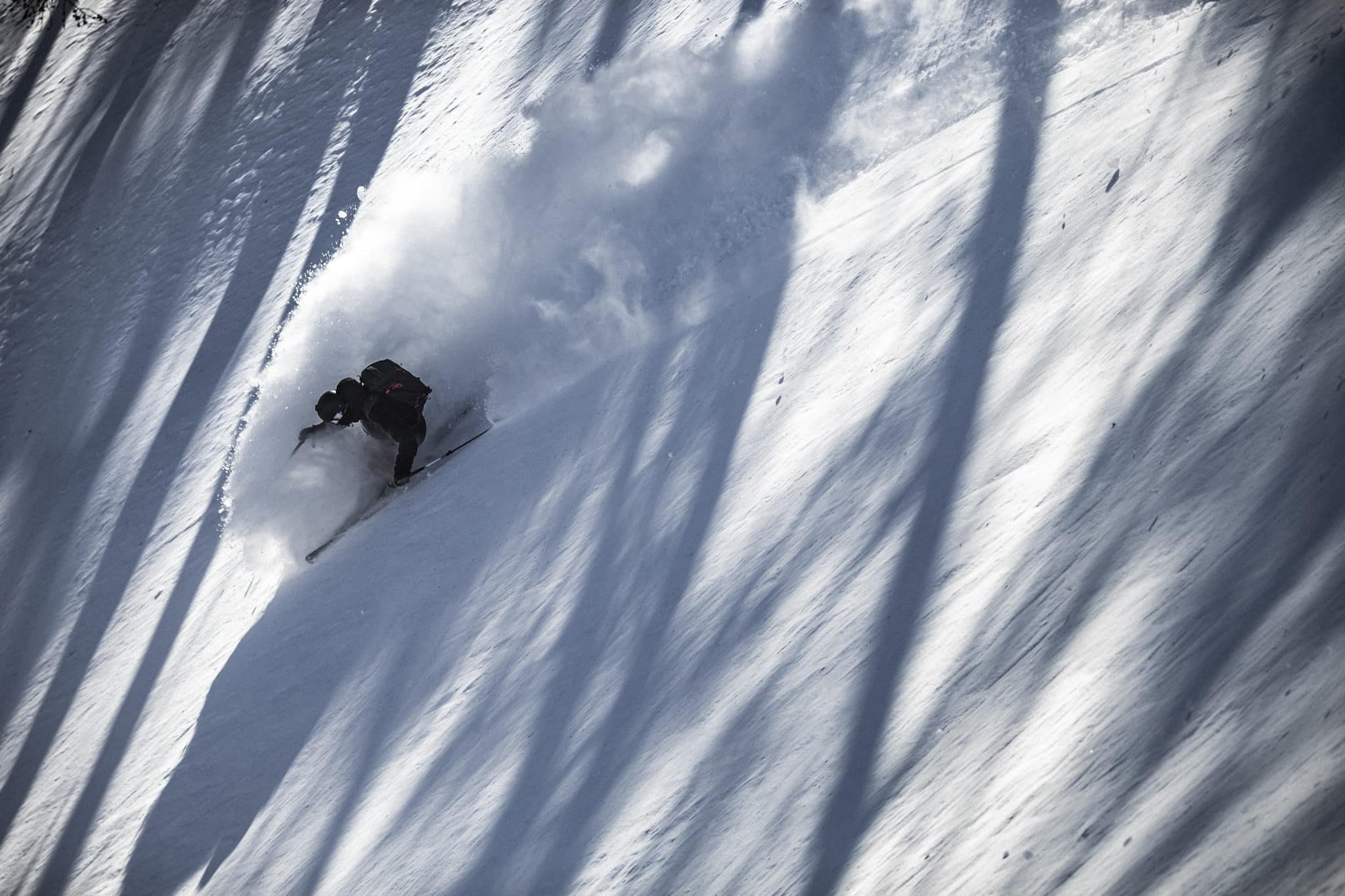
MR: Have you ever been in avalanche conditions? As the saying goes, the shoemaker’s children go barefoot, but if you’re guiding me, I’ll be safe, right?
RB: Yes, I have. Only on a few rare occasions, but that’s nothing to be proud of. If you close a popular route, it can paralyze an entire region. You have to be sure of your decision. And the only way to be sure is to collect data at its start points. In such cases, I’d have a helicopter drop me off between two peaks, look for a safe route through the rocks and tie off a rope to descend the slope a little. I’d take snowpit profiles and collect all relevant data. If I considered the snowpack to be stable enough, I’d ski down. If not, I’d get the helicopter to pick me up because not only could I get swept away, but I could trigger another avalanche on the way down. I didn’t do that kind of high-risk work very often.
MR: Italy has been very aggressive with recent lawsuits against skiers who start avalanches. What are your thoughts on that?
RB: I think there should be temporary no-go areas, for instance above lift loading zones, where an avalanche could easily kill dozens of people. I know backcountry enthusiasts hate those kinds of restrictions, but I believe a few sensitive areas should be closed off so that other areas can stay open. Otherwise, there’ll be a massive accident someday and we’ll see what a real crackdown looks like.
But I don’t think starting an avalanche is in itself a crime provided skiers are positive before hitting a slope that triggering a slide won’t cause any damage. However, courts enforce the law and we have to comply.
MR: How does skiing compare with scuba diving, where you need certification?
RB: Certification does help, since there are fewer accidents. But as long as no one else gets harmed, I don’t mind if skiers decide to take risks. Having proper and up-to-date training, information and gear is key for all outdoor activities, but I don’t like when things are strictly prohibited or enforced, without nuance.
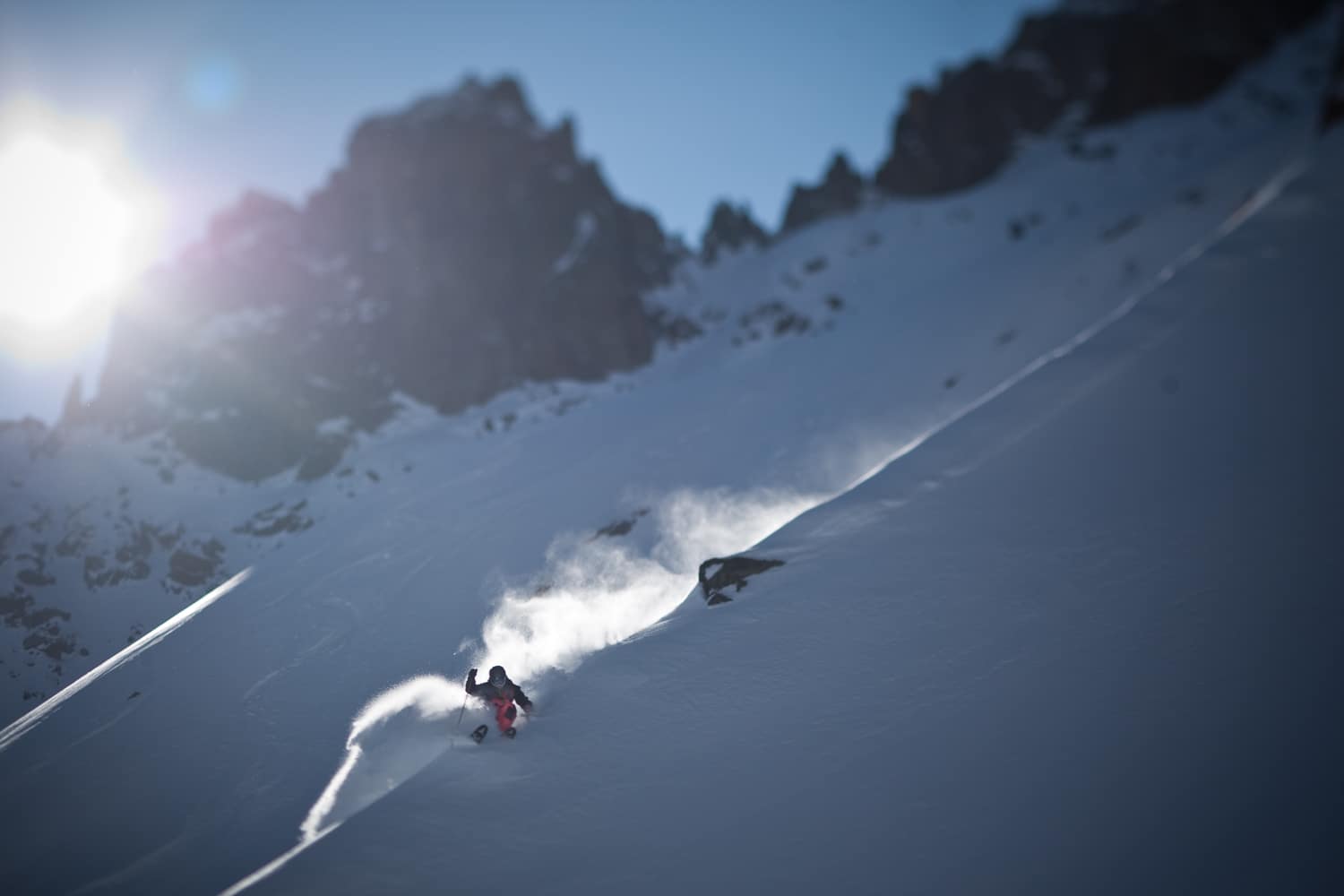
MR: Some resorts are like that. In Japan, you need an off-piste permit and transceiver training before you can hit the slopes.
RB: That’s really excessive. If you’re stuck in an avalanche, there’s a one in two chance you’ll die, even with a transceiver. It’s like counting on a lifebuoy in the middle of the ocean. I think you should do everything to avoid triggering an avalanche and especially to avoid harming someone else. We have a duty of care toward others, not just a duty to rescue, but we should still be free to decide how to protect ourselves.
MR: Safety gear and training have really advanced the sport…
RB: It’s all fantastic stuff. That’s why I was delighted to help Dominique Perret with WEMountain. It’s great that people can get quality training. It’s great to keep them informed, so even though the avalanche bulletin isn’t perfect, it’s a precious resource. I just object to throwing around words like “mandatory” and “prohibited.”

